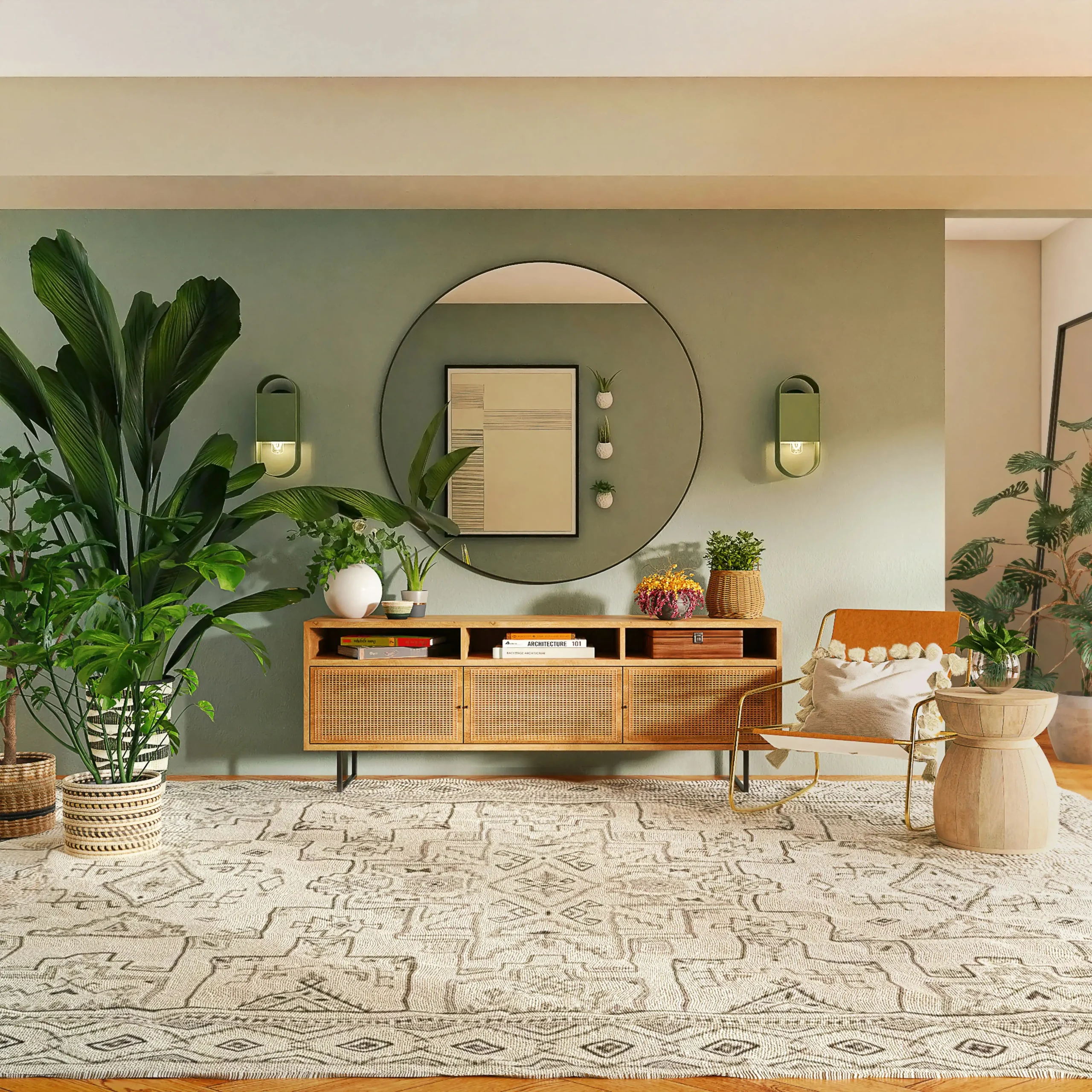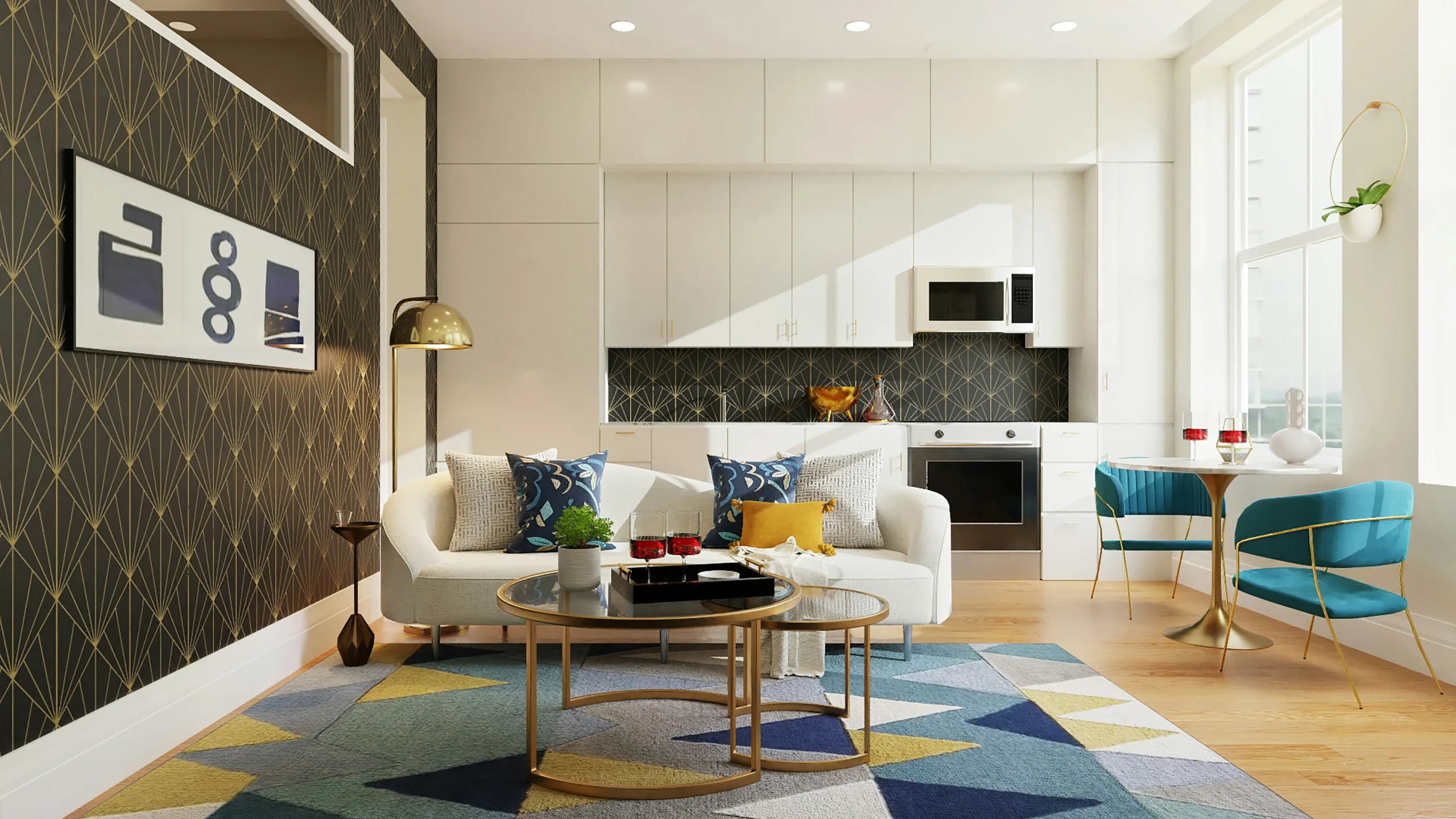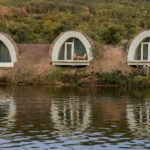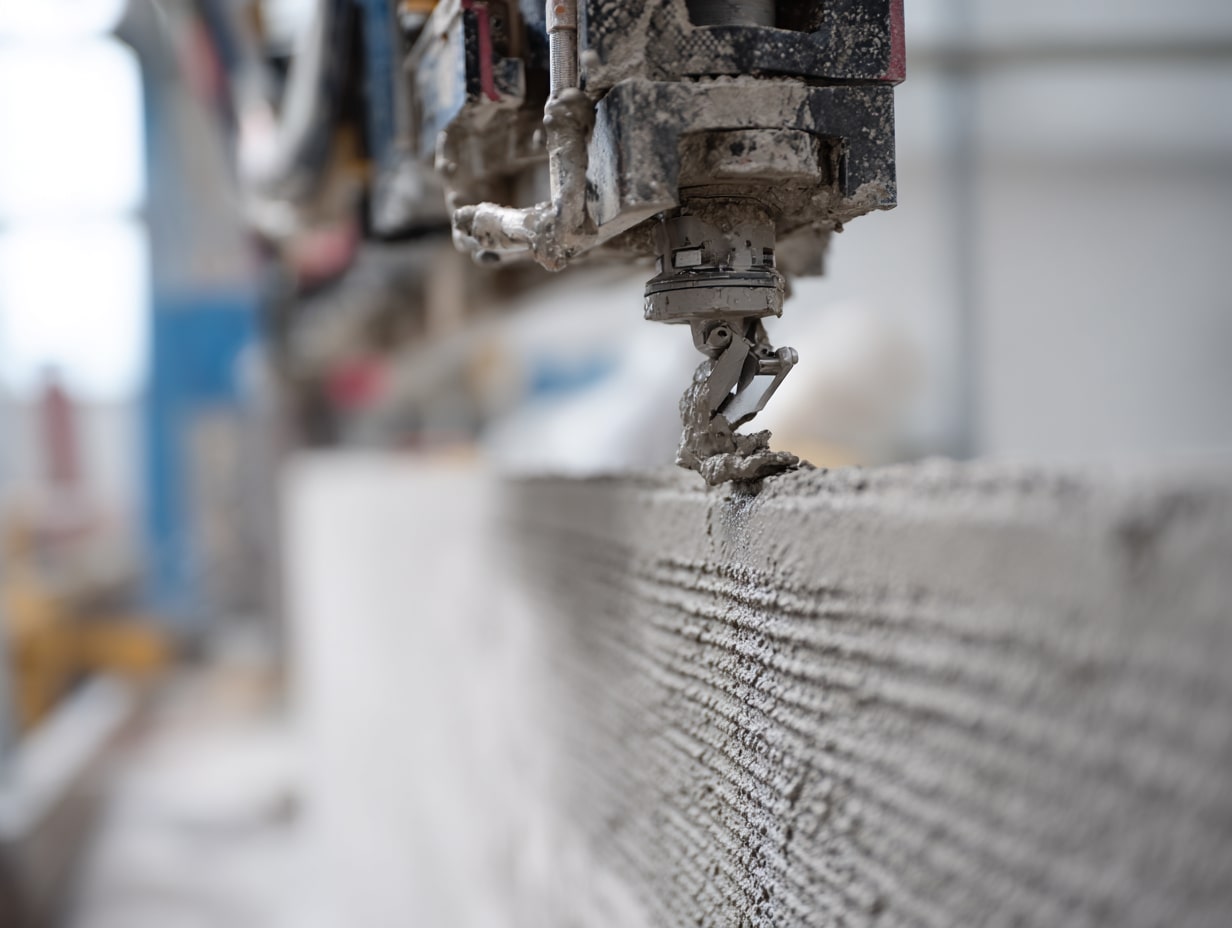- Home
- Articles
- Architectural Portfolio
- Architectral Presentation
- Inspirational Stories
- Architecture News
- Visualization
- BIM Industry
- Facade Design
- Parametric Design
- Career
- Landscape Architecture
- Construction
- Artificial Intelligence
- Sketching
- Design Softwares
- Diagrams
- Writing
- Architectural Tips
- Sustainability
- Courses
- Concept
- Technology
- History & Heritage
- Future of Architecture
- Guides & How-To
- Art & Culture
- Projects
- Interior Design
- Competitions
- Jobs
- Store
- Tools
- More
- Home
- Articles
- Architectural Portfolio
- Architectral Presentation
- Inspirational Stories
- Architecture News
- Visualization
- BIM Industry
- Facade Design
- Parametric Design
- Career
- Landscape Architecture
- Construction
- Artificial Intelligence
- Sketching
- Design Softwares
- Diagrams
- Writing
- Architectural Tips
- Sustainability
- Courses
- Concept
- Technology
- History & Heritage
- Future of Architecture
- Guides & How-To
- Art & Culture
- Projects
- Interior Design
- Competitions
- Jobs
- Store
- Tools
- More
5 Home Design Ideas for a Comfortable, Cool Summer

Summer brings longer days, bright sunshine, and unfortunately, rising indoor temperatures. Whether you’re designing a new home or refreshing your current space, creating comfortable, cool interiors doesn’t require sacrificing style. Smart design choices can keep your home feeling fresh while lowering energy costs.
Let’s explore practical design strategies that blend aesthetics with function, helping you enjoy summer indoors without constantly cranking up the AC.
Table of Contents
Toggle1. Embrace Light Colors and Reflective Surfaces
Dark colors absorb heat, while lighter shades reflect it. This simple principle can dramatically impact how cool your spaces feel during hot months.
Walls and Ceilings
Paint walls in soft whites, pale grays, or light beiges. These neutral tones bounce sunlight around rooms, making spaces feel airier while preventing heat absorption. Bonus: neutral palettes never go out of style, giving you design flexibility for years.
Flooring Choices
Light-colored tiles, bamboo, or pale hardwood stay cooler underfoot than dark carpets or wood finishes. Glossy or polished surfaces reflect more light than matte ones, amplifying brightness without adding warmth.
Furniture and Decor
Swap heavy, dark furniture for lighter pieces during summer. Natural materials like rattan, wicker, or light wood maintain visual interest without trapping heat. Add white or cream textiles—think cotton throw pillows, linen curtains—to complete the cooling effect.

2. Maximize Natural Ventilation Through Strategic Design
Cross-ventilation helps homes breathe, pulling cool air in while pushing hot air out. Designing comfortable homes with modern HVAC solutions starts with understanding airflow patterns.
Window Placement
Position windows opposite each other to create air corridors. Open windows on both sides of your home during cooler morning and evening hours. Casement windows catch breezes better than double-hung styles, directing airflow into living spaces.
Ceiling Fans
Install ceiling fans in bedrooms and living areas. Fans don’t actually cool air—they create wind chill by moving it across skin. Set blades to rotate counterclockwise during summer, pushing air downward for maximum cooling effect.
High Ceilings and Vents
Heat rises. Homes with taller ceilings naturally feel cooler because hot air stays above head level. Roof vents or clerestory windows near ceilings allow trapped warm air to escape, maintaining comfortable temperatures below.
3. Control Sunlight With Smart Window Treatments
Direct sunlight streaming through windows heats rooms quickly. Strategic shading reduces solar gain without darkening interiors completely.
Exterior Shading Solutions
Awnings, pergolas, or exterior roller blinds block sun before it hits glass—far more effective than interior treatments. Deciduous trees planted on south and west sides provide summer shade while allowing winter sunshine through bare branches.
Interior Window Treatments
Choose light-filtering cellular shades or roman blinds in pale colors. These diffuse harsh light while maintaining views. Thermal-backed curtains provide excellent heat blocking but work best when hung close to glass, trapping air between fabric and windows.
Reflective Films
Low-E window films reflect heat without blocking visible light. Applied directly to glass, these thin coatings reduce solar heat gain by up to 70% while remaining virtually invisible.
4. Integrate Climate Control Seamlessly Into Your Design
Modern cooling systems don’t have to compromise aesthetics. Thoughtful integration keeps homes comfortable without cluttering your carefully curated spaces.
Ducted Systems for Clean Lines
Ducted air conditioning hides within ceilings and walls, maintaining clean architectural lines. Discreet vents blend into ceilings or baseboards, delivering efficient cooling without bulky wall units.
For homes in areas where both heritage properties and modern apartments coexist, Alliance Climate Control’s air conditioning services offer solutions that respect architectural character while providing reliable climate control.
Split System Placement
When ducted systems aren’t feasible, position split system units thoughtfully. Mount indoor units in corners or above doorways where they’re less visually prominent. Choose models in neutral colors that blend with wall tones.
Zoned Cooling
Multi-zone systems let you cool occupied rooms while leaving others at ambient temperature. Bedrooms stay comfortable for sleeping without over-cooling daytime gathering spaces, reducing energy waste.

5. Choose Materials That Stay Naturally Cool
Building materials have different thermal properties. Selecting naturally cool options reduces reliance on mechanical cooling.
Stone and Tile
Stone, ceramic, or porcelain tiles remain cool even during heat waves. Use them in high-traffic areas like entryways, kitchens, and bathrooms. Polished concrete floors offer similar benefits with contemporary appeal.
Natural Fiber Textiles
Replace synthetic fabrics with breathable natural fibers. Cotton, linen, and hemp allow air circulation, preventing that sticky feeling synthetic materials create. Dress sofas in washable cotton slipcovers. Swap polyester curtains for linen panels.
Breathable Wall Materials
Lime plaster and clay finishes regulate indoor humidity better than standard gypsum. These traditional materials absorb moisture when humidity rises and release it when air dries, naturally balancing indoor comfort levels.
Bringing It All Together
Creating cool, comfortable summer interiors combines thoughtful material choices, strategic airflow management, and smart technology integration. Start with one or two changes—perhaps updating window treatments or repainting walls in lighter tones. Layer in additional strategies as budget and time allow.
Remember: interior architecture tips for summer villas apply equally to everyday homes. Prioritize natural ventilation and light management before investing in mechanical systems. When you do add climate control, choose solutions that work with your design, not against it.
Summer shouldn’t mean choosing between comfort and aesthetics. With these five approaches, you’ll create spaces that look beautiful while keeping temperatures pleasant, proving that form and function work best together.
Ready to make your home more comfortable this summer? Small design changes create big impacts. Start planning your refresh today—your cooler, more comfortable home awaits.
illustrarch is your daily dose of architecture. Leading community designed for all lovers of illustration and #drawing.
Submit your architectural projects
Follow these steps for submission your project. Submission FormLatest Posts
How to Furnish Your New Home in 24 Hours (Without Picking Up a Screwdriver)
The keys have been handed over. The lease is signed. You are...
3D Printed Homes: Time, Cost, and What to Expect
3D printed homes explained: realistic timelines (24–72h walls, 8–16 weeks total), true...
How a Contact Centre Boosts Trust in Your Building Business
In construction, trust is the glue that holds projects together. Clients need...
How Real Time Parcel Geolocation Is Redefining Last Mile Efficiency for Modern Businesses
Last mile delivery has become the most critical point in the customer...












Leave a comment